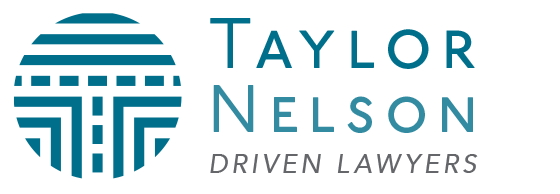In case you missed it, the FMCSA now maintains a central database of records of all drug and alcohol program violations, the Drug and Alcohol Clearinghouse. Employers are required to search the system to determine whether current and prospective CDL and CLP drivers have incurred a drug or alcohol violation that would prohibit them from performing safety-sensitive functions. The Clearinghouse is intended to ensure that drivers who commit a drug or alcohol violation while working for a previous employer, or who attempt to find work with a subsequent employer, do not perform safety-sensitive functions until completing their required return-to-duty process. The drug and alcohol violation records maintained in the Clearinghouse will “follow” the driver regardless of how many times he or she changes employers, seeks employment or applies for a CDL in a different State. If you would like more information about the Clearinghouse, please see our list of frequently asked questions.
The FMCSA has also increased the minimum percentage of drivers to be randomly drug tested to 50% in 2020. This is up from 25% in 2019. The random alcohol testing rate remains at 10% of drivers. With the increased volume of testing for 2020, fleets should take steps now to ensure they are complying with Clearinghouse requirements and have sound compliance policies in place.
Top 5 Things to Do Now
You have a lot on your plate. Between meeting operational requirements to run your businesses profitably and maintaining compliance with federal and state requirements, it can be hard to know where to start. We recommend that you start with these five steps:
- Register with the Clearinghouse. All employers and drivers need to register individually with the Clearinghouse. Visit the FMCSA’s Clearinghouse website to register. While there is no deadline for registration, registering now will prevent delays later when an employer is poised to hire a new driver, has violations to report, or needs to conduct the required annual query of employed drivers. We noted that in the first 48 hours of the launch the FMCSA Clearinghouse website was unable to process the large volume of users accessing the site, but the registration function is operational.
- Educate Fleet Drivers and Leased Owner Operators. The new regulations require employers to educate their fleet drivers about the Clearinghouse. Employers should take this opportunity to explain the Clearinghouse requirements to their drivers verbally and in writing. Contact us for a complete Clearinghouse package containing the necessary information to share with your drivers, or consult the FMCSA website for additional resources.
- Obtain Driver Consent to Search Clearinghouse Records. Employers must have written consent from prospective hires and existing drivers before querying the Clearinghouse. Prospective employees must register with the Clearinghouse and provide consent before an employer can search the Clearinghouse to obtain their records. A new hire cannot perform safety sensitive functions until the employer queries the Clearinghouse database. However, until 2023, the employer is also still required to contact potential hire’s past employers concerning violation information. Additionally, existing drivers must provide written consent to allow the employer to conduct an annual query of the driver’s Clearinghouse record. Accordingly, employers should act now to obtain a signed consent form from their drivers and leased owner-operators. Contact us for a Clearinghouse package containing an employee consent form, or view the sample consent forms located on the FMCSA website. Employers must maintain copies of these signed consent forms for three (3) years.
- Educate Employees on the Clearinghouse Query and Reporting Procedures. Employers must educate their employees on the new employment screening requirements, regulations for reporting violations, and test result verification. Employers should take steps now to ensure that employees with responsibilities for hiring, drug and alcohol testing, and regulatory compliance are well-versed in these new requirements. Contact us for a Clearinghouse package containing employee information to share with staff, or view the FMCSA website for additional resources.
- Update Policies and Procedures. Employers should take steps to update their internal policies, procedures, contracts, and driver handbooks to reflect the new Clearinghouse requirements. Employers can mitigate potential litigation risk by ensuring that their internal processes and handbooks are updated to reflect the latest regulations, and by implementing systems to manage compliance with the regulations. Contact us for assistance in updating and reviewing motor carrier handbooks, policies and procedures, and compliance programs.
Conclusion
Over the long-run, the Clearinghouse will improve safety and efficiency by housing all drug and alcohol testing records for CDL and CLP holders. In the near-term, drivers and employers will need to move swiftly to adapt to the new requirements to meet federal requirements. While these changes may feel daunting, we are here to help you make a smooth transition. We can assist you to implement each of the five steps outlined.
Taylor and Associates is a full-service law firm serving clients in all aspects of the transportation industry. Contact us to obtain a Clearinghouse package for your business and to discuss your regulatory compliance needs.
